Higashi-Izu Isolation Hospital is a former hospital in Higashi-Izu city, Kamo county, Shizuoka prefecture. It was also known as the Smallpox Isolation Ward. The building, presented as a urbex classic in Japan, is often in the public eye.
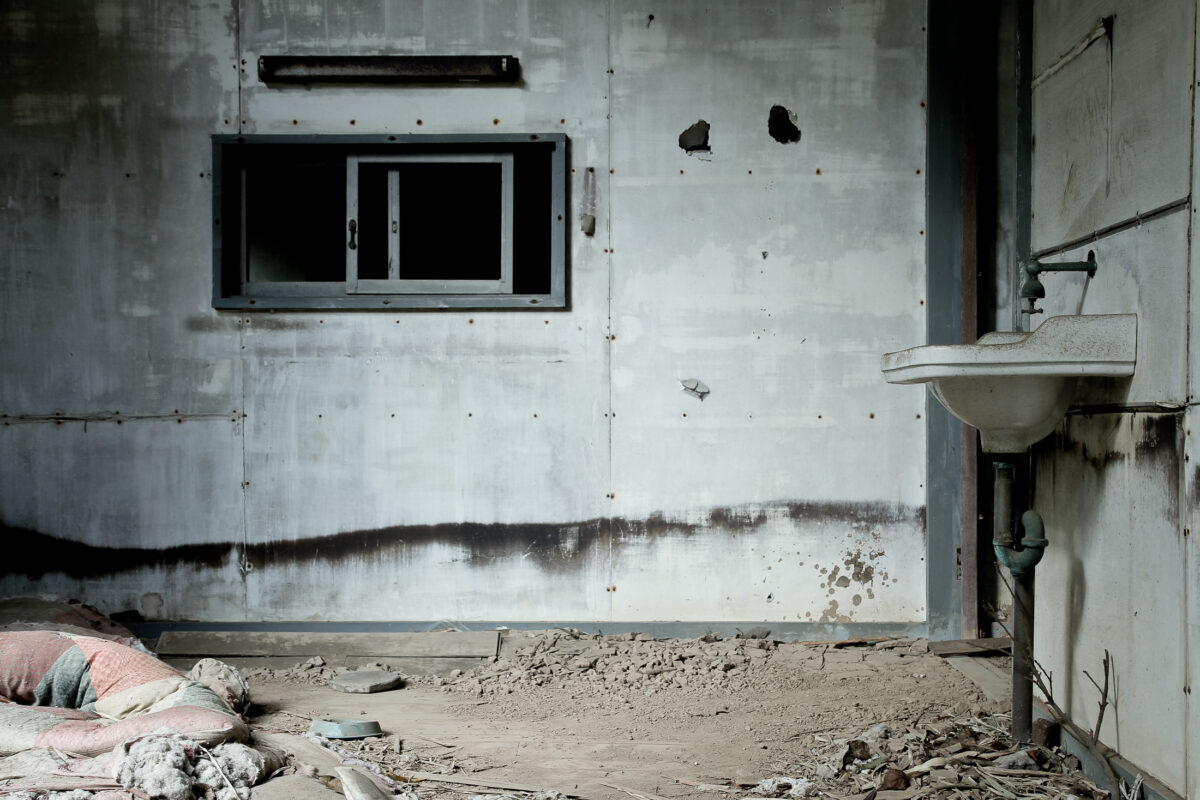
Shizuoka – Smallpox Isolation Ward
This hospital offered an isolation service for patients with infectious diseases (mainly tuberculosis). Of the three rooms, connected by a corridor, most of the facilities have collapsed. You can still see a wooden section in the middle of the bamboo grove.

A lot of fake news circulates about this hospital. Contrary to rumours (and the smallpox nickname), it wasn’t only reserved for contagious patients but run like a standard hospital. It was opened in 1958, when smallpox had already been eradicated from the country.
“Smallpox Isolation Ward” is therefore something of an anomaly, because the disease was no longer rife when the hospital opened. Most of the patients in isolation were suffering from tuberculosis.
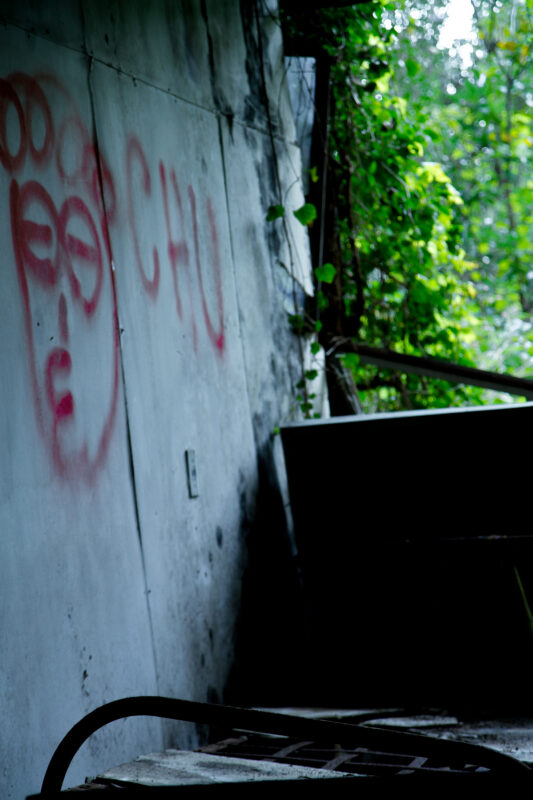
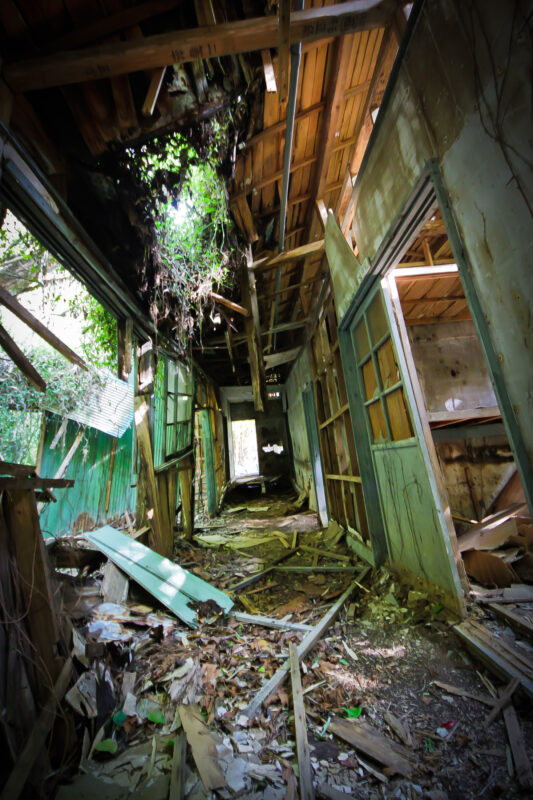
The complex was divided into several sections to separate patients according to their contagiousness. To enter the building you had to pass through a disinfection area and change all the clothes and shoes you were wearing.
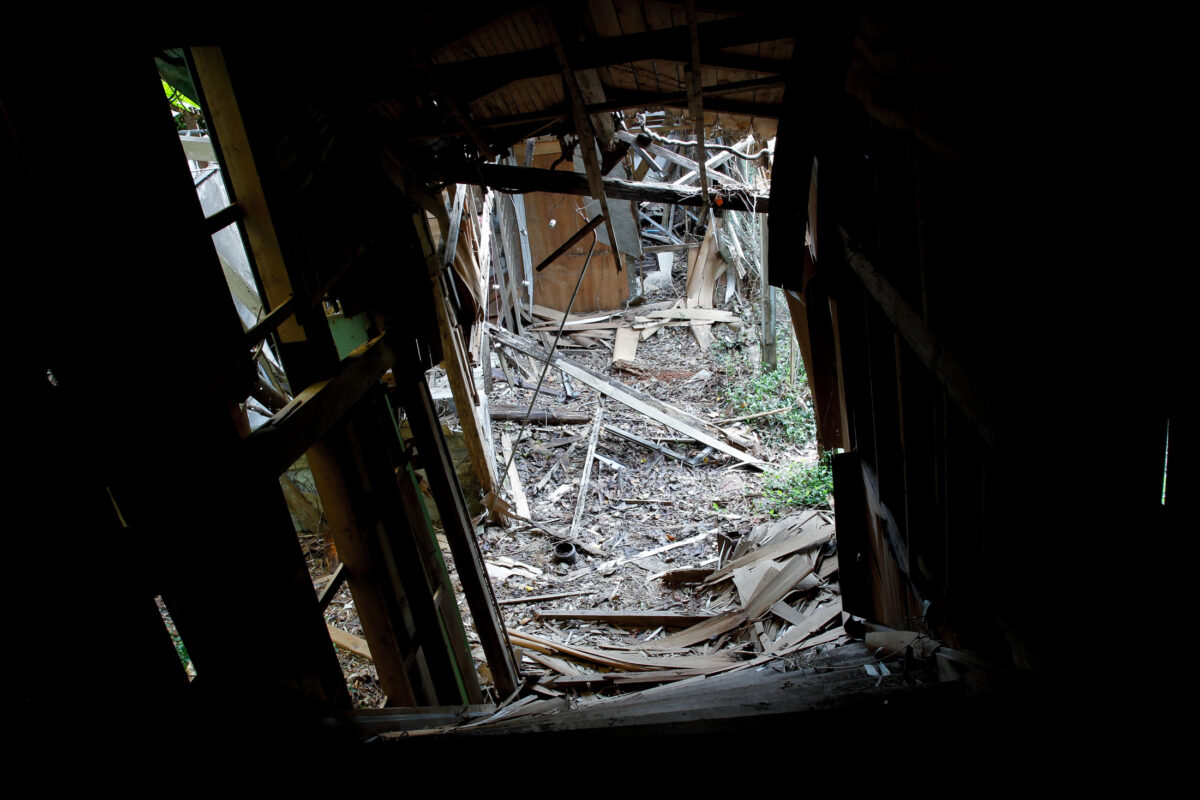
It seems that the hospital ceased to function from 1978/1979, when an earthquake made access difficult. Further typhoon damage was reported in 1984.
This abandoned hospital is especially popular for rumours of being haunted. The story goes that a former soldier infected with smallpox roams the deserted corridors.

Smallpox in Japan
Records state that smallpox was introduced to Japan in 735 from the Korean peninsula. The ensuing major epidemic affected much of the archipelago between 735 and 737. The disease killed almost a third of the population and had social, economic and religious repercussions throughout the country.
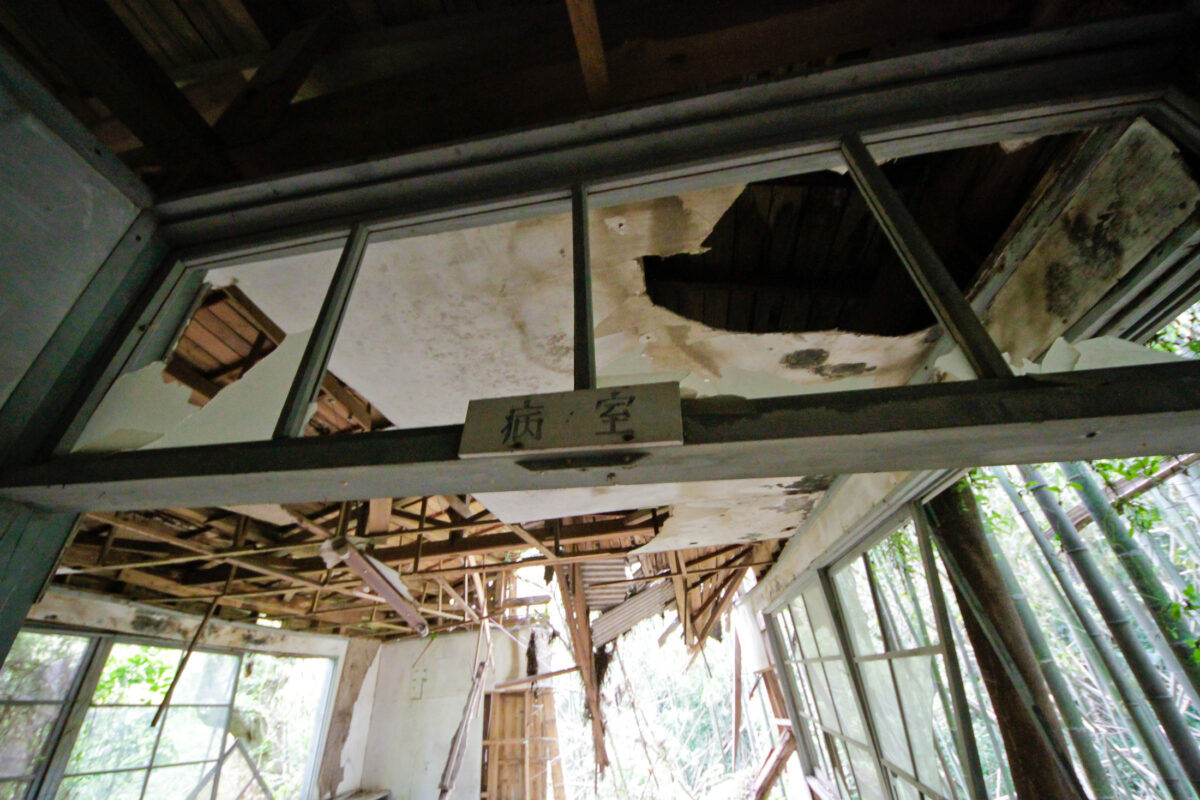

After the Second World War, at the beginning of 1946, Japan was still undergoing a serious smallpox epidemic. With the benefit of up-to-date medical knowledge, sanatoriums were built throughout the country. The isolation ward of Higashi Izumachi was one of these.
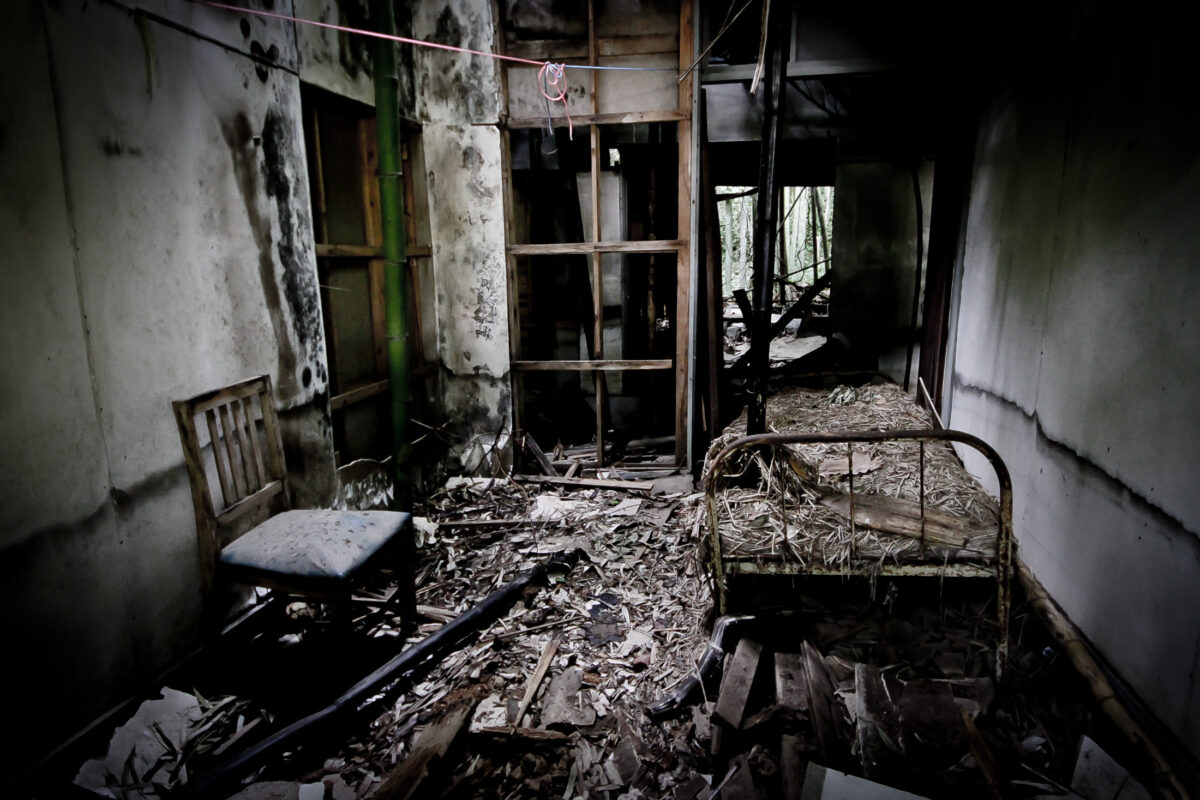
This infectious disease caused fever, vomiting, wounds and rashes that left scars all over the body. The extremely contagious patients were isolated in designated wards.
Smallpox was completely eradicated from Japan in 1956, and vaccination ended in 1976. WHO declared the disease to be eradicated worldwide in 1980.
The smallpox demon
Smallpox has caused fear around the world for centuries. In Japan the disease was thought to come from a mythological evil spirit, the onryo. This malicious spirit returned to the physical world to wreak vengeance.
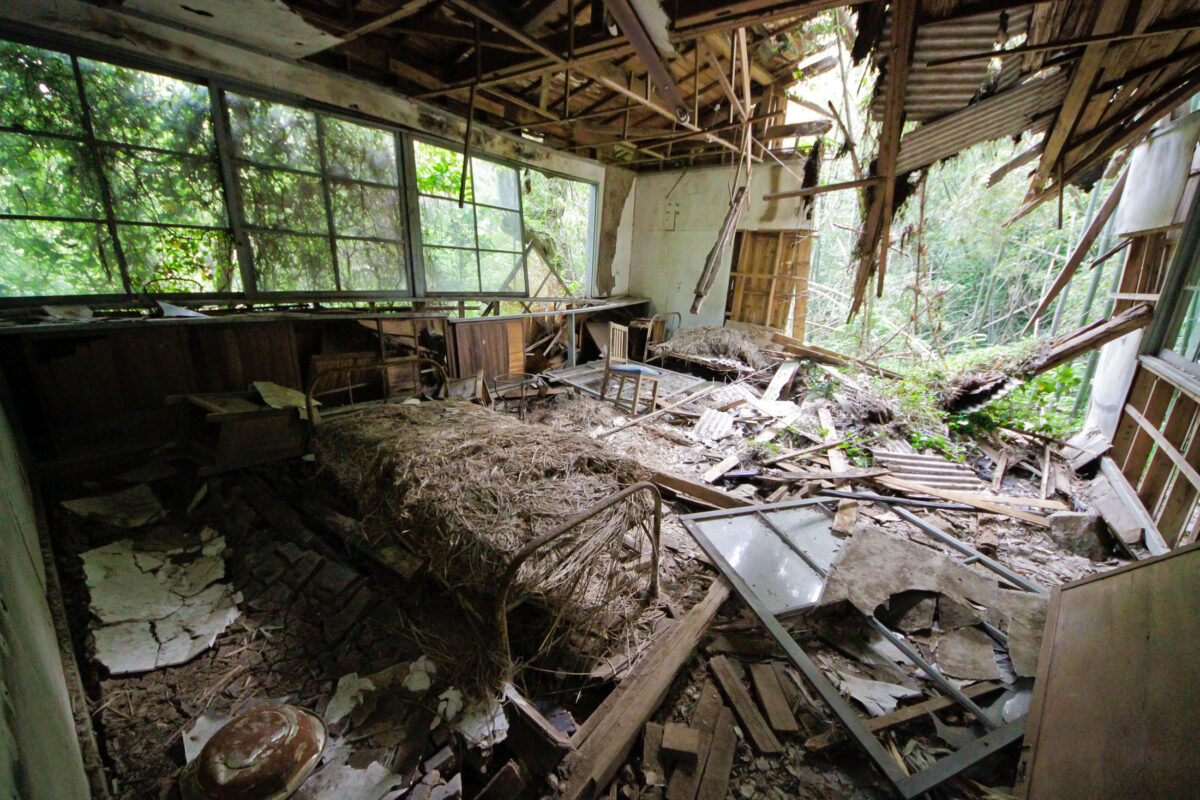
According to popular belief, this smallpox demon is behind all epidemics that have touched the archipelago. Local people adopted customs to fight it. The legendary demon was afraid of the colour red and of dogs. A number of traditional rituals have grown around these beliefs. Some of them survive today and you can still see smallpox dances performed in parts of the country.
Confidence in the colour red to fight smallpox was even important outside Japan. European monarchs such as King Charles V and Queen Elizabeth I are thought to have resorted to this “treatment”.




